How to plant and care for petunia
Last Update :2024.11.11
Article Catalog
Detailed explanation of method
Choose loose, fertile, slightly acidic sandy soil with good drainage. Soak the seedling block in water; insert the seeds into the small hole in the middle of the seedling block, cover it and place it in a backlit place, let it ventilate for 1-2 hours, and it will sprout in about a week. After germination, you can see the light, ventilate it every day, and transplant it after taking root. Nitrogen fertilizer should be used for early fertilization, and phosphorus fertilizer can be used later to receive enough sunlight.
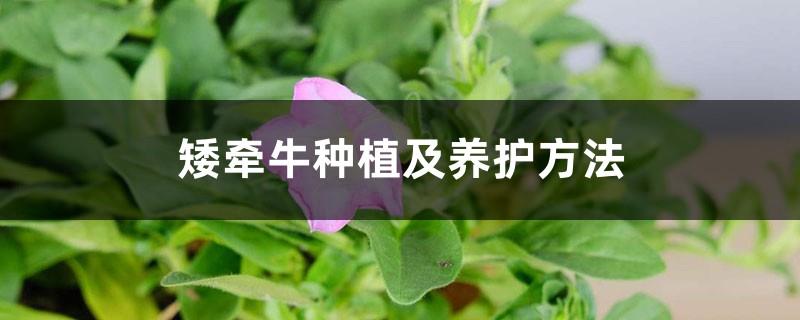
Preparation
Preparation work
The preparation work mainly includes: searching for seeds, choosing suitable flower pots and flower soil.
Seed selection
When planting petunia for the first time, you need to choose suitable seeds. However, it would be great if a friend who is an expert in petunias can give us ready-made high-quality seeds. Petunia seeds are very small, so they need to be sown very carefully. It is recommended that you choose better quality seeds. If you cannot sow all the seeds at one time, you can wrap them in the original packaging + newspaper and store them in the refrigerator for later use.
Flower pots and flower soil
It is recommended to use 20CM pots for planting petunia, because the petunia has a large space for growth in the later stage.
Petunias are not very picky about flower soil. It is best to choose loose, fertile, slightly acidic sandy soil with good drainage. If you don’t want to buy prepared flower soil from the flower market, you can also try making your own petunias culture soil.
Detailed explanation of the method
The main steps for raising petunia at home: sowing/raising seedlings - fake planting - planting - maintenance - flowering maintenance.
Sowing/seedling methods and precautions
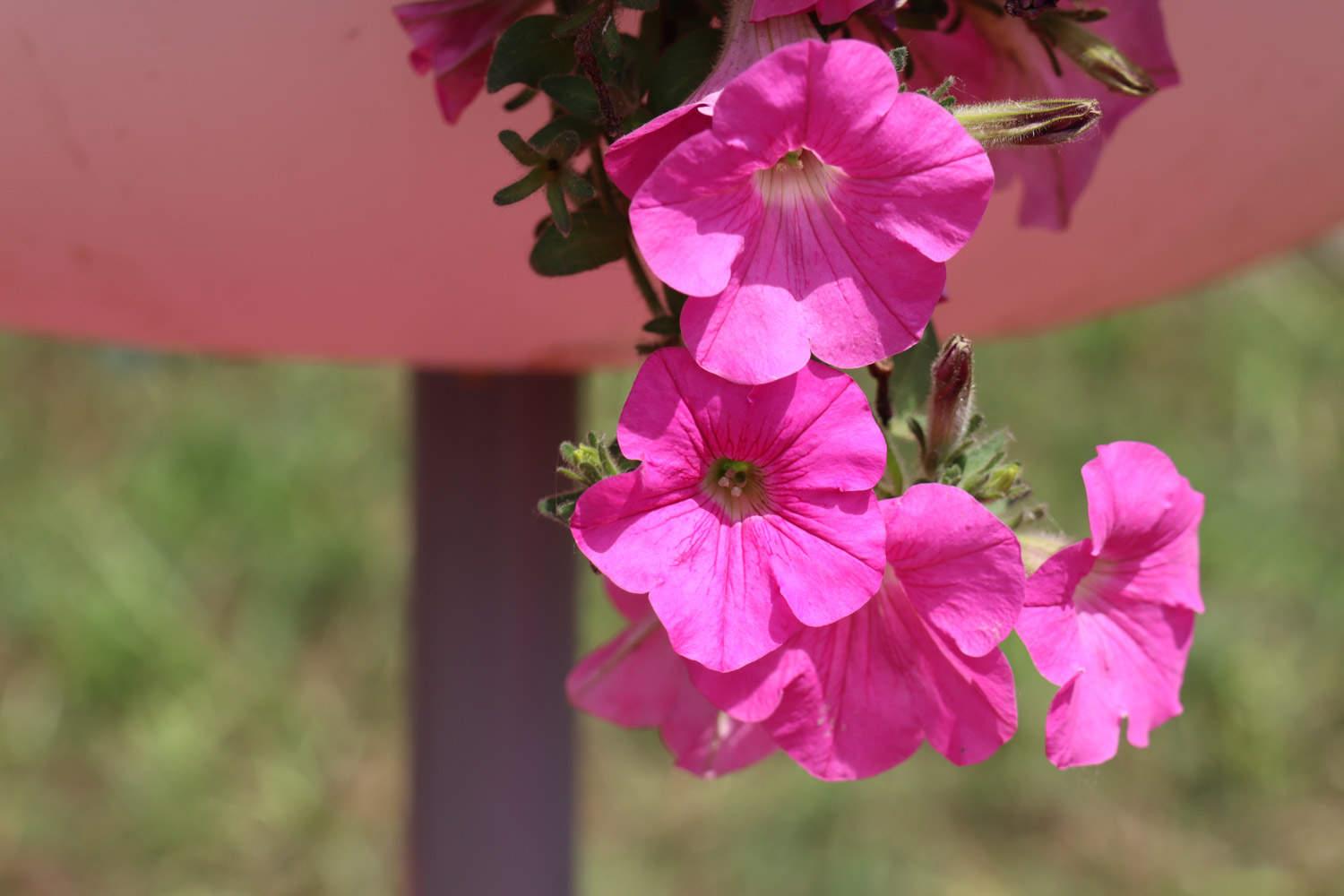
You can use seedling blocks + the legendary three-piece seedling set to increase the success rate of seedlings! Be careful to use tap water that has been left for 1-2 days to grow seedlings. Do not use fresh tap water directly!
Soak the seedling block in water until it is soaked to remove excess water;
Insert the petunia seeds into the small hole in the middle of the seedling block, cover it and place it against the backlight of the balcony, and keep it open every day Cover and ventilate for 1-2 hours.
During this period, the seedling block will turn slightly white. Add water so that the seedling block is filled with water, and then remove excess water;
Wait for about 1 week for the petunias to sprout and transfer Go to the sprouted box and let the seedlings see diffused light. Spray water every day to maintain ventilation, coolness, and appropriate humidity (do not accumulate water);
Open the lid of ungerminated seeds every day to ventilate and keep them moist. After 10 days, ungerminated seeds will basically not It sprouts again...
The seedlings can see more light every day during their growth, but they should avoid direct sunlight. There are many benefits to seedlings exposed to more light: it can prevent the leaves from turning yellow, leggy, and weak;
It will grow longer and grow small white roots! In about 20-25 days, when the petunia seedlings look stronger and stronger and the roots have grown to the outside of the seedling block, you can move on to the next step - fake planting!
Fake transplantation methods and precautions
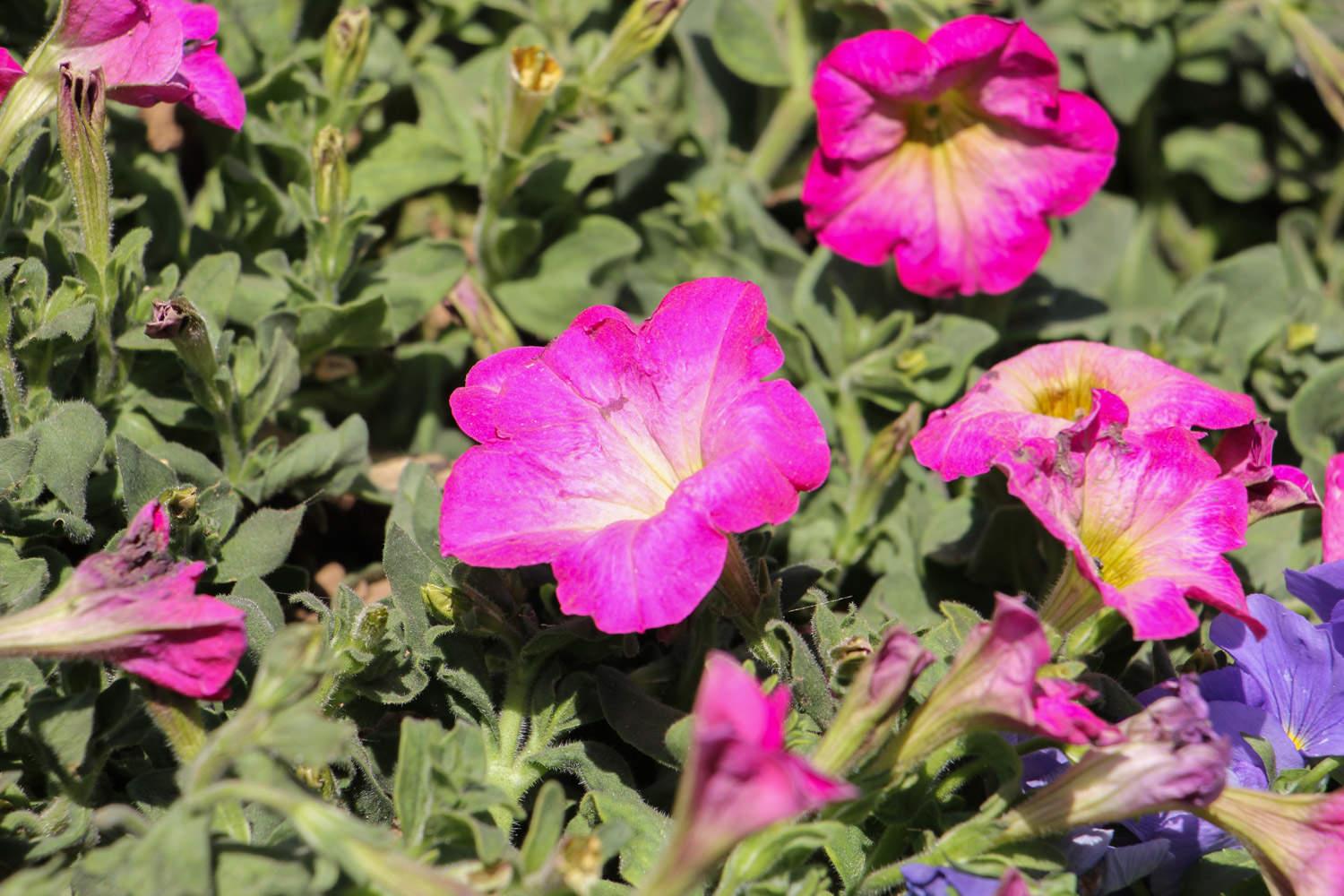 < /p>
< /p>
Petunias have tiny seeds, tiny seedlings, and large pots in the mature stage. Therefore, fake planting can greatly increase the survival rate of the seedlings! The period of fake planting is mentioned in the first step of sowing/cultivating seedlings: the seedlings have grown white roots.
You can use disposable paper cups or small flower pots to plant petunias;
If you use paper cups: drill holes at the bottom of the cup, and implant the seedling block + seedling soil together Paper cups and water thoroughly;
Keep the seedlings in a ventilated place with plenty of sunlight and spray water in the morning and evening to keep them moist (water thoroughly every time);
Petunia seedlings When the leaves have grown to the mouth of the cup or pot, and the roots are almost ready to emerge from the bottom of the cup, we can proceed to the next step - planting!
Colonization methods and precautions
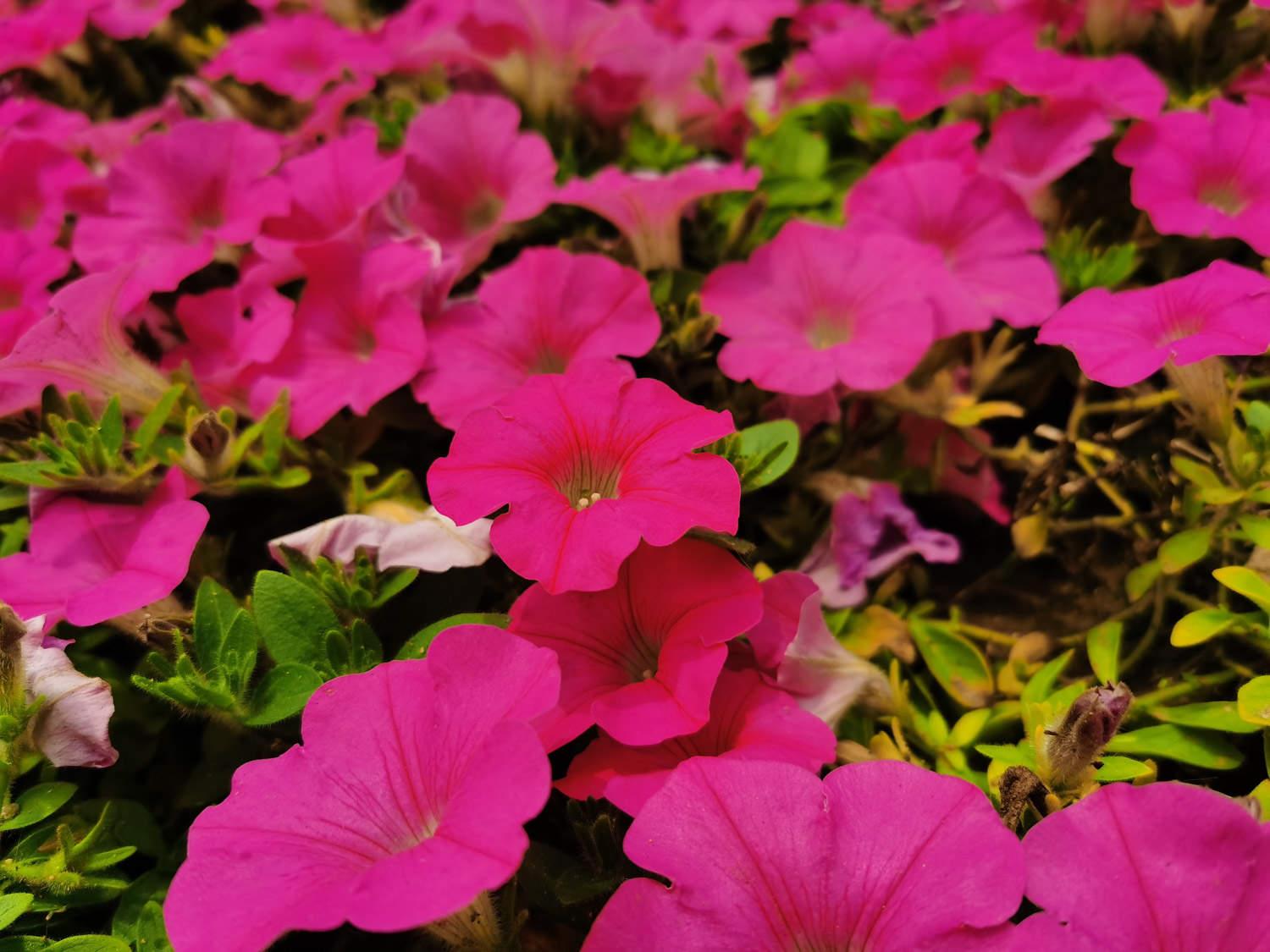
Use the right pot and soil, make sure there is enough sunlight, and wait for your petunia to thrive!
The flower pot should be 20CM or above to ensure room for the petunias to grow wildly in the middle and late stages;
For flower soil, you can choose to purchase appropriate flower soil directly from the flower market, or you can prepare it yourself: 70 % garden soil, just mix a little flower soil, honeycomb cinders, and perlite;
Take out the whole seedling without damaging the roots of the petunia seedling (just tear the paper cup directly) , transplant into the prepared flower pot;
Place the petunia in a cool and ventilated place for 1-2 days, and then move it to a sunny place such as a balcony to fully receive sufficient sunlight. ;
Fertilizer needs to be fertilized regularly after planting, with a cycle of 10-12 days. Foliar fertilizer and flush fertilization can be used alternately. Fertilize the petunia scientifically, ensure sufficient moisture and sunlight, and wait for the petunia to grow up quickly!
Maintenance methods and precautions
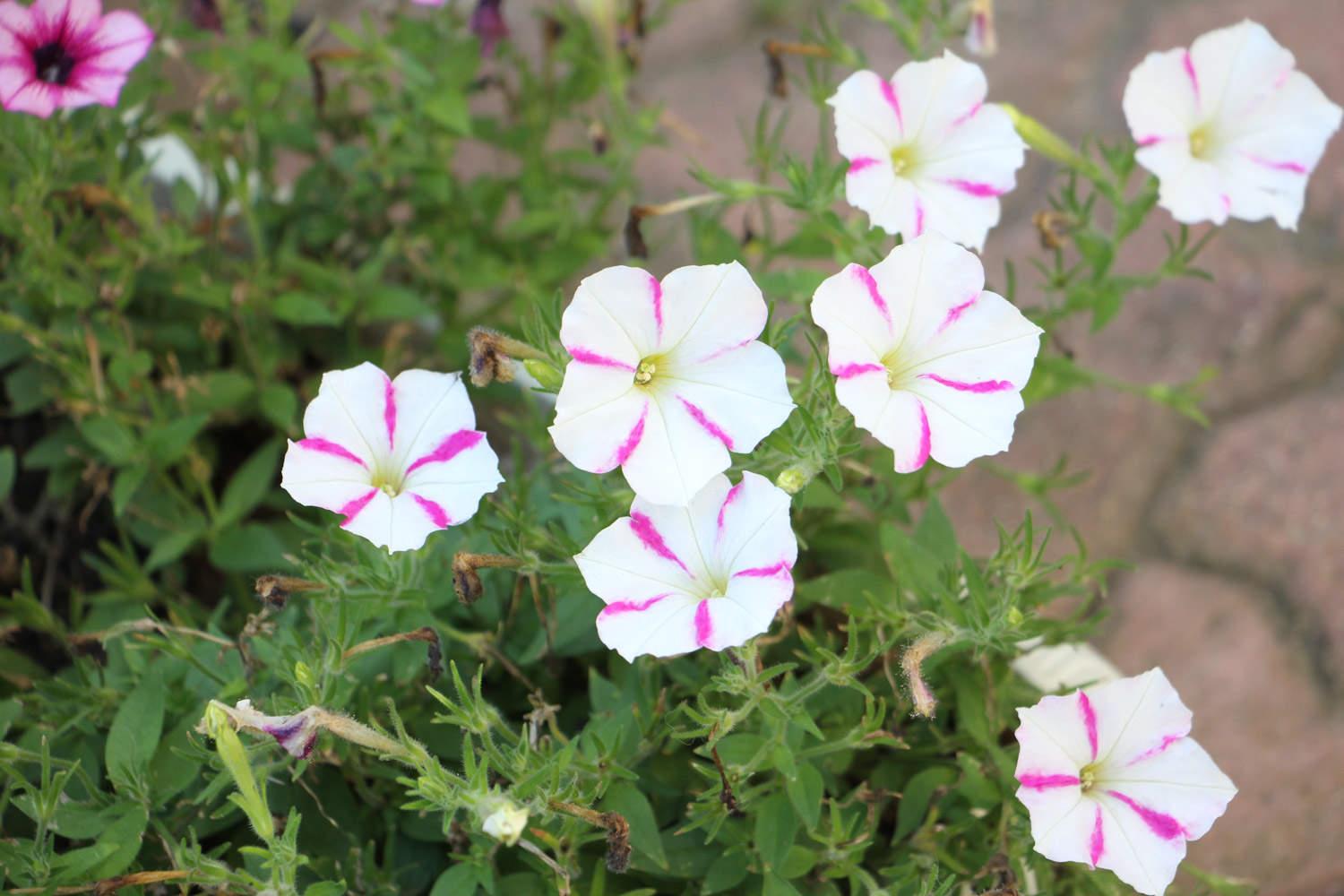
After planting, with proper maintenance, the petunia seedlings will grow up day by day and eventually become beautiful flower balls!
Create a perfect flower bulb by pruning, topping and topping the petunias;
It is better to use nitrogen fertilizer in the early stage of fertilization, and use more phosphorus fertilizer in the later stage to make the flower seedlings stronger and bloom better. The better;
When caring for petunias in summer, you should pay attention to: spray more water when the temperature is too high to maintain soil moisture;
In winter, make sure that petunias receive sufficient sunlight (temperature Greater than 5℃), petunias have a certain ability to withstand low temperatures;
When caring for petunias in winter, please pay attention to: water less, it is recommended to water at noon when the sun is sufficient, and the amount of water should not be too much. Just drink enough for the flower seedlings and flowers!
Methods and precautions for flowering period management
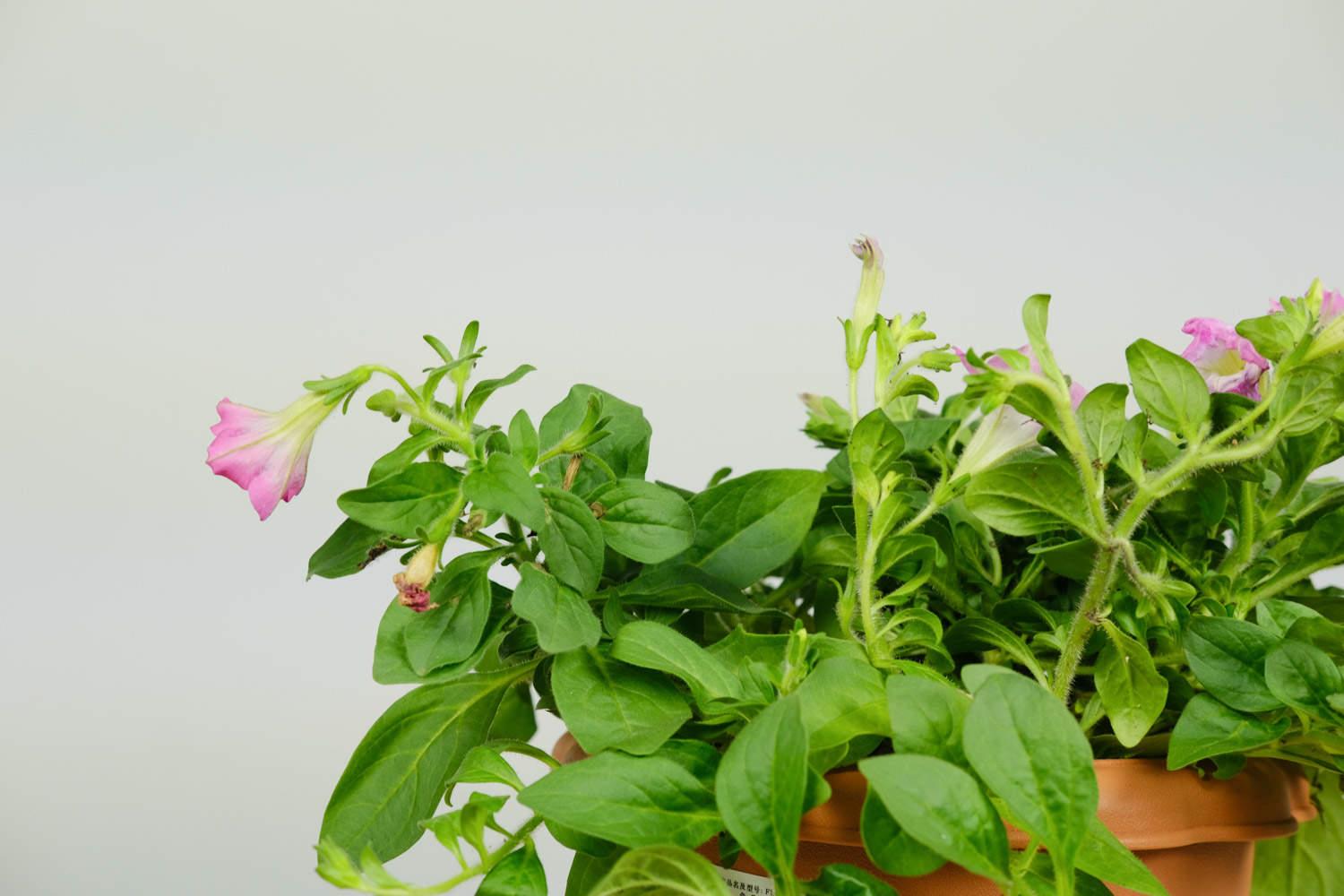 < /p>
< /p>
Petunias usually bloom in early spring when the weather gets warmer. If the initial flower pattern is not pretty enough, you can cut it off;
When a lot of flower heads appear at once, you can keep them and Just wait and wait for flowering;
Scientific fertilization should also be carried out during the flowering period. It is still recommended to fertilize in a 10-12 day cycle;
Petunia must ensure sufficient sunlight: sufficient Sunlight has a great effect on improving the quantity and quality of flowering. If there is a lack of sunlight, it is easy to suffer from malnutrition - the leaves will turn yellow and soft, and the flowers will be dim and small.
Summary
Petunia likes the sun, likes soil with fertilizers, and is afraid of drought; it needs to maintain sufficient water without accumulating water, and see more sunlight. Only with sunlight can flowers bloom. Yo.
Petunias are as strong as cattle and generally do not suffer from diseases, but overwatering can lead to root rot and death. Excessive drought can also cause yellowing leaves, wilting and even death.
In short, if you do the above-mentioned tips for raising domestic petunias compiled by the editor, you will definitely have a beautiful bunch of petunias. Come on~!
Detailed explanation of method
Summarize
- END -
The difference between Canna grandiflora and Canna canna
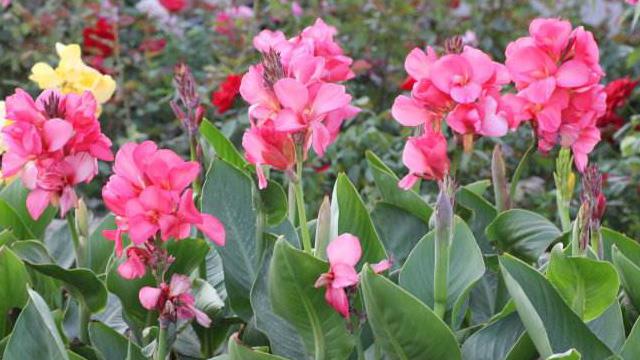
Leaves: The leaves of Canna grandiflora are oval. The leaves of canna are oval and...
Top Ten Famous Flowers in China
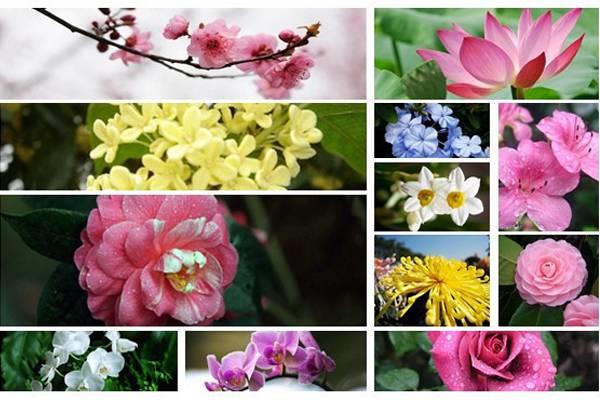
It is often said that in the season of flowers, the mood is always beautiful and c...